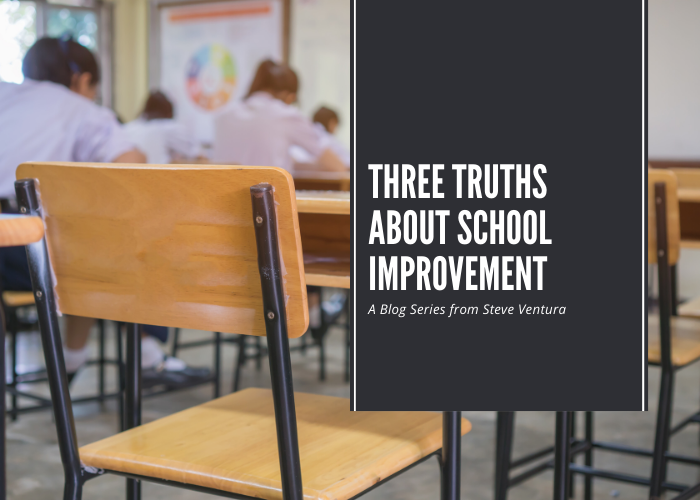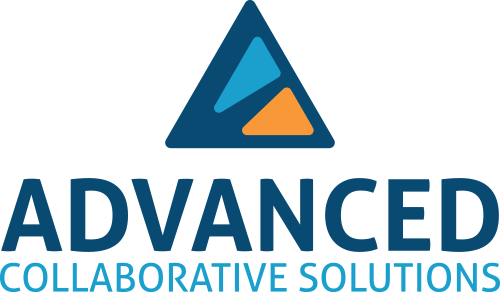Truth Three: Great Schools Move from Islands of Excellence to Systematic Impact with High Levels of Collective Efficacy and Commitment

By: Steve Ventura
Truth 3: Great Schools Move from Islands of Excellence to Systematic Impact with High Levels of Collective Efficacy and Commitment
Part 3 of 3. This three-part series debunks myths and provides the truth about what works best for school improvement. View Part 1 and Part 2 of this series.
We’ve discussed the importance of teacher practice versus programs for really moving the needle when it comes to school change. We’ve also examined the role of the leader within the learning, and not merely a “sponsor” for the learning of others. Where does that leave us in terms of the third “truth” on what works best for school improvement?
It would seem obvious—the more we focus on those things that matter most, the better we can improve. But the truth is that high-quality implementation also has a qualitative component. Teachers are said to implement well when they are prepared, when they are clear, and when they teach with enthusiasm, but in reality, the most significant contribution to systematic impact is not more program implementation, it is the practice of giving teachers more time to implement.
If you ask teachers if they would like more professional development, they will likely tell you no. What teachers want is time to apply what they have previously learned. This is not to suggest that teachers do not want to continue to learn, however, too many initiatives can detract from the improvement focus and result in initiative fatigue. It is the principal’s role to limit these distractions and to align resources behind the focused goals and strategies.
For example, think of the following strategy as a way to gain more collective impact and consistency: teachers and leaders combine their knowledge to create a limited set of learning objectives for each grade level and subject. Once this focus has been agreed upon, they can then move forward with a more intentional process of obtaining systematic impact. Although this may sound obvious, this type of practice is still the exception, not the rule.
It should come as no surprise that there is no body of research that recommends that frantically covering everything will lead to better results. In fact, the research claims just the opposite as "schools with higher levels of focus not only have higher levels of student achievement but are also better able to implement other essential leadership and teaching strategies." (Reeves 2010) This is a recommendation that is rarely considered in school systems, and as a result, we waste time, energy, and precious resources on silver bullet programs that cannot be sustained nor adequately monitored.
Schools attempting to reform should commit only on the deepest implementation of two or three changes and finish those before launching other initiatives. This approach is more effective than superficial implementation of a wide variety of strategies since deep, consistent implementation will predictably narrow the achievement gap. When educational organizations determine the most important practices and are committed to sustaining those practices, costs will actually decrease because of better-informed resource allocation and drastic reduction in student failures, while implementing a culture of collective teacher efficacy.
Schools and districts invest millions of dollars each year to purchase programs designed to increase achievement. Strong instructional leadership depends less on "programs" and more on professional practice. As educators, we must recognize the difference between the two; for every dollar we invest in the competence of teachers and leaders, we will net a greater gain in student achievement than if we were to spend that money on another program. While programs come and go, sound professional practice never goes out of style.
References
Reeves, Douglas B. 2010. Finding Your Leadership Focus: What Matters Most for Student Results. New York: Teachers College Press.

